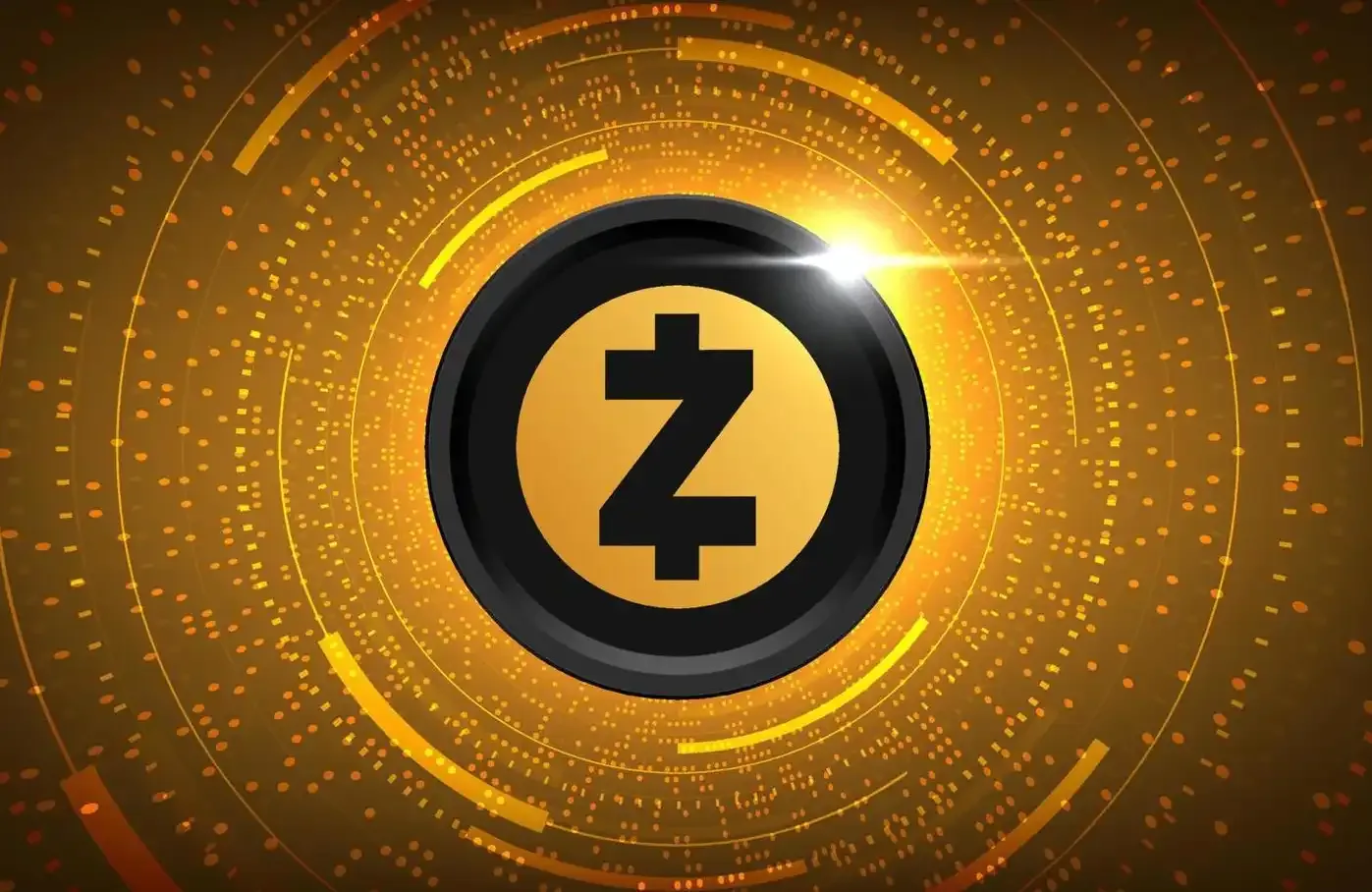Author: CryptoCompound
Translation: Shaw Golden Finance
The Unmentioned Revolution
While most eyes in the cryptocurrency space are focused on price charts and the inflow of funds into exchange-traded funds (ETFs), the real story quietly unfolds behind the scenes by the end of 2025. The market is being rebuilt from the inside out—not through hype, but through infrastructure.
After years of uncertainty, the combination of regulatory clarity and institutional access is quietly changing the script. Cryptocurrency is no longer an outsider asset trying to prove its legitimacy. It is becoming part of the global financial system—each compliance provision, each ETF approval, and each policy shift is driving this process forward.
This transformation is not happening in a vacuum; it is being realized through documentation, framework building, and capital allocation committees. And that is precisely what makes it powerful.
Access Changes Everything
For years, institutional investors have favored Bitcoin and Ethereum but have been unable to bear the operational risks: custody, compliance, tax treatment, counterparty risk. However, the launch of the spot Bitcoin ETF in January 2024 and the introduction of the Ethereum ETF in July broke down this barrier.
This is not just another product launch; it is a new bridge that provides pension funds, family offices, and hedge funds with a new way to allocate capital within a regulated ecosystem.
The data speaks for itself. In early October 2025, the weekly inflow into cryptocurrency ETPs (exchange-traded products) reached a record $5.9 billion, bringing total assets under management to an all-time high. BlackRock's IBIT ETF currently hovers around $100 billion in assets under management, making it the fastest-growing ETF in history.
These are not retail funds chasing volatility. They are portfolio flows, constrained by investment committees and compliance frameworks, intended for long-term holding rather than speculative capital.
Institutional Influence is Ubiquitous
The spot market only reflects part of the picture. The true influence of institutions is manifested in the derivatives market.
At the Chicago Mercantile Exchange (CME), trading volumes for cryptocurrency futures and options have reached all-time highs. Institutional traders use these tools not to gamble but to express directional views, manage risk exposure, and enhance arbitrage efficiency.
Daily trading volumes and open interest in Ethereum futures have set new highs for several months, while open interest in CME Bitcoin options has just surpassed $9 billion.
This growth in liquidity and depth is crucial. It can narrow spreads, improve hedging, and create the mechanical stability that institutions require.
In short: We are witnessing the professionalization of the cryptocurrency market structure.
Regulation is Not the Enemy, but a Catalyst
Veterans of the cryptocurrency industry often feel intimidated by the word "regulation." But in fact, it is regulation that has made this phase possible. It is regulation that transforms potential energy (interest) into kinetic energy (capital allocation).
In the United States, the approval of ETFs by the Securities and Exchange Commission (SEC)—albeit cautiously and with many conditions—has granted Bitcoin and Ethereum legitimacy as investable commodities. The SEC does not need to conceptually safeguard cryptocurrency; it just needs to ensure that cryptocurrency is easily accessible within the existing framework.
Meanwhile, Europe's MiCA regulation came into full effect by the end of 2024, creating the world's first comprehensive digital asset rulebook. This regulation covers stablecoins, exchanges, and custodians, and more importantly, it allows for cross-border operations among 27 EU countries. This enables compliant projects to expand their business across Europe for the first time without starting from scratch.
In Asia, Hong Kong approved spot Bitcoin and Ethereum ETFs in 2024 while expanding the licensing scope for exchanges and custodians, making it a regional gateway for institutional and retail capital.
While each jurisdiction's approach varies, the trend is clear: cryptocurrency is gradually gaining legal recognition. And when assets gain legal recognition, they attract significant capital.
Data Speaks: Who is Buying and Why
A close look at recent capital flows reveals a pattern:
Market breadth is expanding. While Bitcoin still dominates, inflows into Ethereum, Solana, and XRP ETFs are steadily increasing. Asset allocators no longer view "cryptocurrency" as a single concept—they are building diversified investments across settlement layers and execution chains.
Market resilience is strengthening. Even amid increased volatility or after liquidations, ETF redemption volumes remain low. This is not a weak market; it is a long-term market.
Hedging trades are very complex. CME's futures and options trading activity is closely related to ETF capital flows. Institutional investors are not trading spot for stimulation; they are implementing complex and risk-controlled strategies within a regulated framework.
These signals indicate that the market is shifting from a narrative-driven cycle to a structure-driven cycle. The market tone is more stable, but the foundation is more solid.
Macroeconomic Context: Liquidity, Risk, and Rotation
Every significant cryptocurrency cycle reflects global liquidity fluctuations. What is different this time is how liquidity is entering. It is no longer through speculative leverage but through regulated packaged products.
As global yields stabilize and central banks gradually ease monetary policy, liquidity is finding new homes—Bitcoin is now one of them. Portfolio strategists increasingly view it as a liquid inflation hedge with non-correlation potential.
Meanwhile, Ethereum is positioning itself as the yield settlement layer of digital finance. With the continuous expansion of staking, re-staking, and Rollup activities, Ethereum has transformed from a technological asset into a revenue-generating protocol.
This is not the Meme era of 2021. This is a slow structural shift—from curiosity to allocation.
Opportunities and Layouts to Watch
Bitcoin—Institutional Beta
ETF inflows remain the most reliable signal of potential demand. As long as IBIT and other products maintain steady weekly growth, dips present buying opportunities. Long-term positioning still favors the formation of a higher bottom structure, with institutional buying providing support.
Ethereum—Utility Yield Investment
Ethereum benefits from regulatory access and network activity. Its staking yields and burn mechanism give it attributes similar to a "tech dividend." Once Ethereum ETFs gain deeper liquidity in Asia and Europe, watch for capital rotation.
Asia—Hong Kong Gateway
Hong Kong's ETF structure, especially its physical subscription/redemption model, is expected to unlock actual capital liquidity between related markets. Tracking primary market subscription data can provide early insights into Asian capital inflows.
Europe—Advantages of MiCA
With the stabilization of MiCA, compliant issuers and service providers are expected to emerge. Tokens associated with transparent governance, audits, and on-chain reporting may gain institutional favor as their issuance becomes more widespread across the EU.
How to Position in This Phase
Investing in cryptocurrency at this stage is not about chasing hot trends but understanding the flow of legitimacy.
For Traders: Focus on ETF inflows, CME open interest, and cross-exchange basis. These indicators can show how prices comprehensively reflect prior institutional liquidity.
For Investors: Think from a framework perspective rather than fixating on code.
Core Holdings: Achieve liquidity and risk exposure to Bitcoin and Ethereum through regulated tools.
Investment Positions: Choose first-layer protocols and infrastructure tokens with clear regulatory pathways.
Tactical Trading: Use options and futures for relative value and volatility strategies.
For Developers: Stay aligned with compliance. The winners from 2026 to 2028 will not be the flashiest—but those developers who integrate with regulated tracks.
Risks to Keep in Mind
No structural trend is without risk. Three major risks remain:
Regulatory Policy Reversal: Enforcement actions or shifts in political winds could delay adoption or trigger short-term volatility.
Liquidity Shock: If global financing costs suddenly rise, ETF inflows may stabilize, putting pressure on market sentiment.
Operational Incidents: Custody or settlement failures will test confidence in the new "institutionalized" narrative.
But even these risks indicate one thing: cryptocurrency is no longer in a vacuum. It is closely connected to the broader financial ecosystem—good or bad.
The Bigger Picture
Every asset class goes through three phases: speculation, regulation, and integration.
Cryptocurrency has already gone through the first two phases. Now it has entered the third phase.
This is not the noisy, frenzied bull market of 2021—but rather a low-key accumulation phase built on legitimacy, compliance, and infrastructure development.
Ironically, by the time most investors realize this, it will be too late. Institutional investors have already entered the market—the asset allocation models have been set, compliance has been approved, and investment exposures have been determined.
The next phase of growth for cryptocurrency will no longer be driven by excitement but by market access.
免责声明:本文章仅代表作者个人观点,不代表本平台的立场和观点。本文章仅供信息分享,不构成对任何人的任何投资建议。用户与作者之间的任何争议,与本平台无关。如网页中刊载的文章或图片涉及侵权,请提供相关的权利证明和身份证明发送邮件到support@aicoin.com,本平台相关工作人员将会进行核查。


